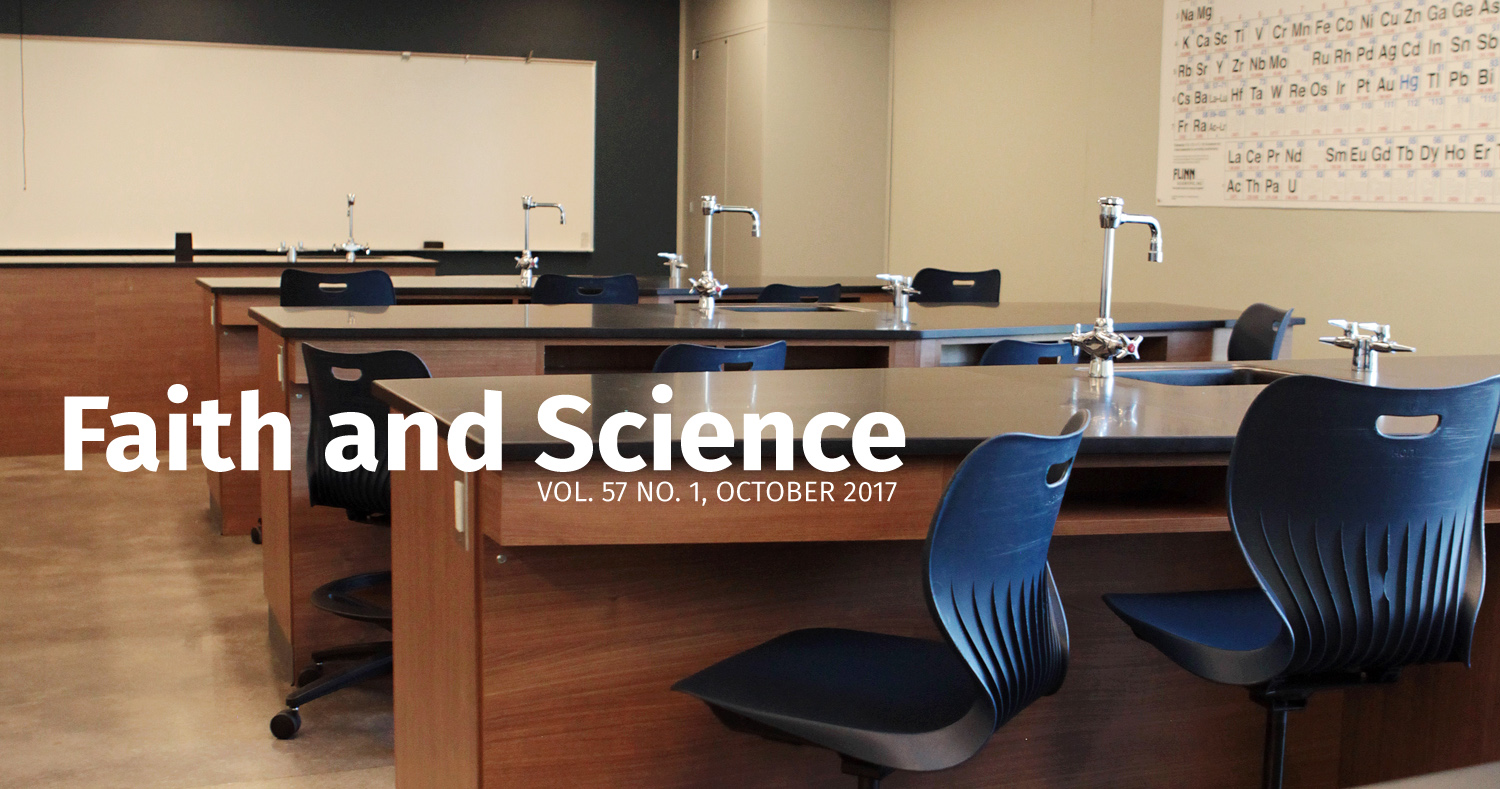In my first few years of teaching, nothing made me more nervous than when students asked science questions I couldn’t answer. I’d be teaching about energy and someone would raise his hand and ask about nuclear power plants—something that wasn’t in my lesson plan for that day or included in that unit at all. In the midst of studying circular motion, I’d mention satellites as an example only to have someone raise her hand and ask if satellites ever collided while orbiting earth. (Umm, no, well perhaps yes, who really knows anyway? Should I just act like it’s a dumb question? Oh wait, there’s no such thing as a dumb question.) When questions like these came up I would try to avoid them, brush them off as unimportant, or change the subject—anything to avoid having to admit that I, the teacher, did not have all the answers.
Now I look at questions like these as an opportunity. An opportunity to admit that I, the teacher, do not have all the answers. An opportunity to illustrate that I, along with my students, am continually learning. An opportunity to practice humility with my students. An opportunity for students to contribute to the class and teach me, the teacher, something new. And an opportunity for me to be intentional about living out the Christian virtues that I value in my classroom.
Since those first few years, I have worked to be more intentional about incorporating these virtues into my classroom in tangible ways. While I always strive to incorporate my Christian faith into the classroom, I have at times wondered how to do so in a real and useful way. Sure, I can always exemplify humility by admitting that I don’t have all the answers. But how could I encourage my students to embody the fruit of the Spirit both in and out of the lab? How could I encourage Christian community in the collaborative scientific process? My work with the FAST project team has led me to be more intentional about incorporating faith into my classroom and has given me a broader sense of what that can and should look like. Rather than seeing faith as tacked on to the science curriculum, I now recognize the many ways faith can be infused into both what we learn and how we interact while pursuing scientific understanding.
Practicing Humility and Celebrating Contributions
Now, back to those awkward questions I used to avoid. The questions that previously were anxiety-provoking now develop into the highlights of each semester I teach. Not only do I now welcome such questions, I actually require them as part of a semester-long assignment called “That’s a Good Question” (see the “Labs and Community” Activity Map at teachfastly.com).
Kristin Visser earned her BS in secondary math and physics education and her MA in curriculum and instruction at Calvin College. She currently teaches physics but has also taught physical science, algebra, and calculus.
